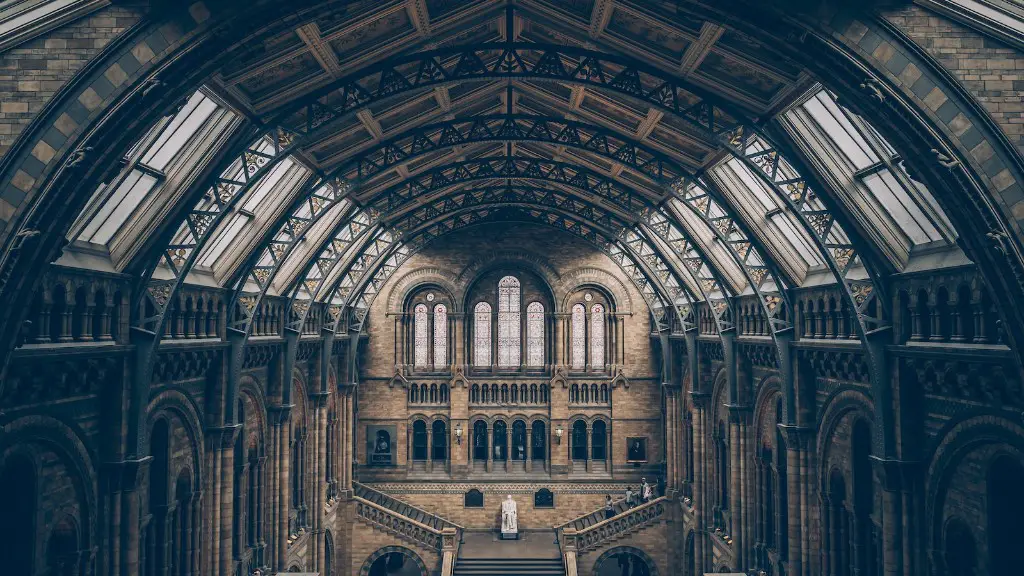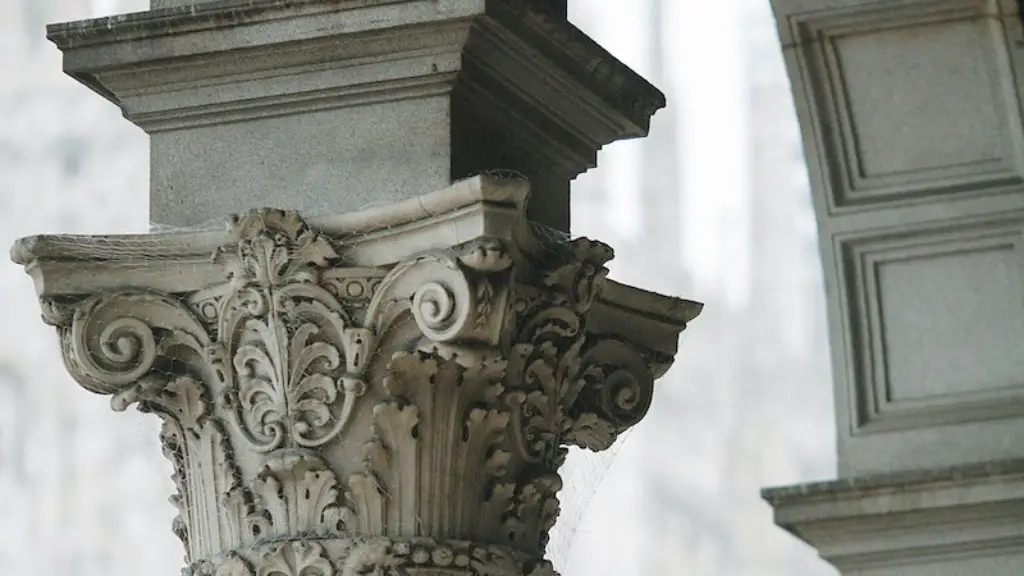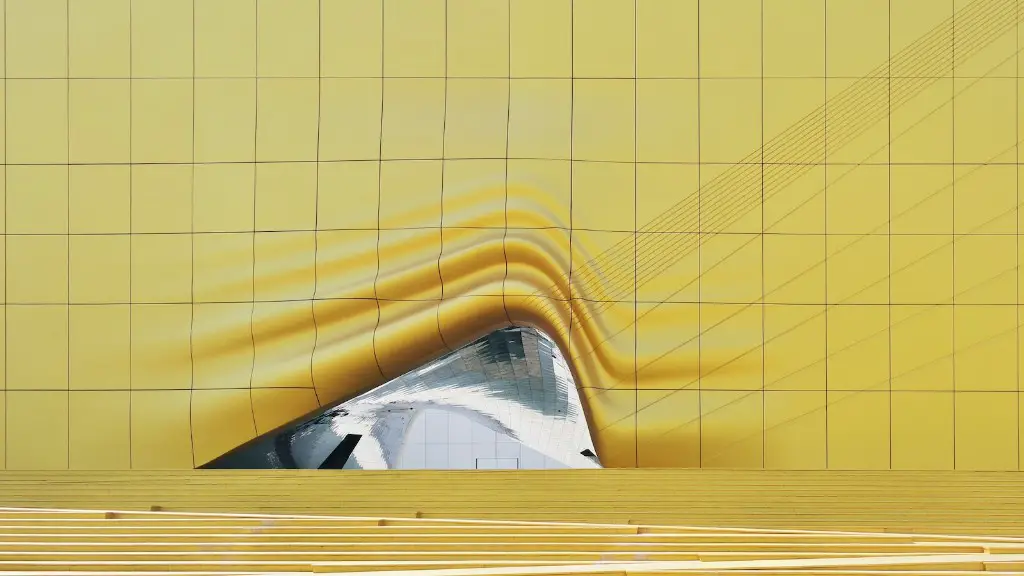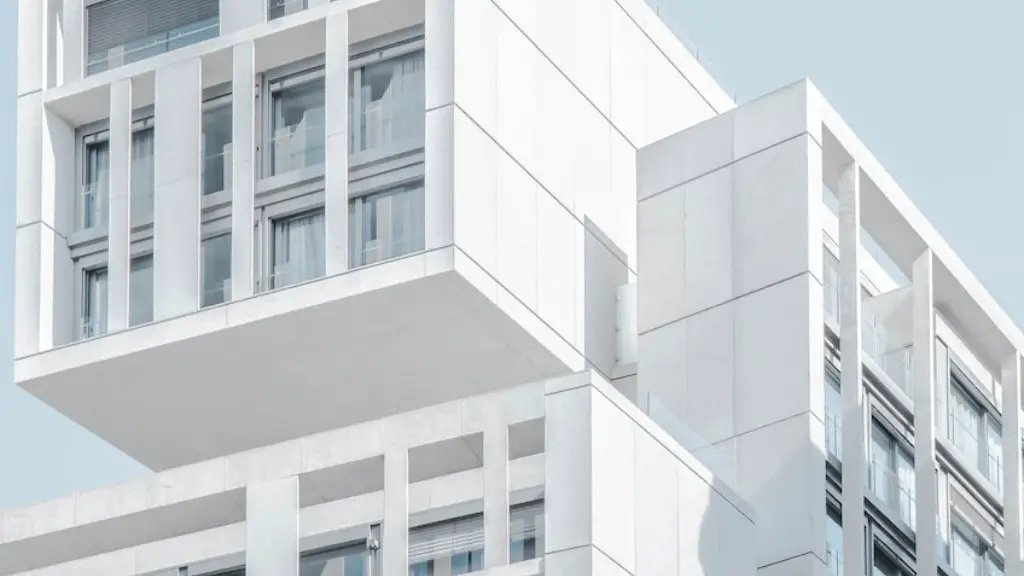Architecture is, in its simplest form, the art of designing and constructing buildings, structures, and spaces with respect to aesthetic and functional purposes. In a broader sense it can be used to describe what a given space looks like, the philosophy behind its design, the materials used, and the construction techniques involved in its creation. Architectural creations can range in size and complexity from a single-family home to an entire city block or even an entire city. In every instance, it is a process that brings together the elements of design, construction, and technology to create something that is both structurally sound and visually pleasing.
One of the primary uses of architecture is to provide practical and comfortable living or working spaces. The materials used in construction determine the cost, the appearance, and the longevity of the resulting structure. Sturdy materials such as wood, stone, or concrete are used to build lasting structures which can resist the elements and perform well over a longer period of time. The architecture of a space also helps define its function and how it is used; for example, a residential home may emphasize natural lighting, warmth, and airiness that make it an inviting and comfortable place to live, while a commercial building may strive to create a professional workplace that is efficient and budget conscious.
The use of architecture extends far beyond the physical construction of a building or space. In its simplest form, architecture is a form of communication. By designing and constructing a space, architects are able to create unique experiences and settings that evoke certain emotions, ideas, and perceptions in people. For example, a grand church might use its soaring ceilings and intricate details to evoke feelings of reverence and faith in congregants, while a futuristic conference hall might use its angular lines and bright colors to symbolize progress and technology. The possibilities for what architecture can be used for and the messages it can send are endless.
Architecture can also be used to create a sense of community or place. Architects often take into account the existing cultural and historical context of a site in order to design a structure that resonates with the local people and conveys a sense of community and identity. By doing this, architects are able to create places that serve as focal points for gatherings and celebrations, or simply as places that provide a feeling of comfort and security.
Architecture is also a form of expression. Architects often use their creative talents to design spaces that reflect their personal visions and ideas. Through their works, they can impart messages and values that can be shared with the public. In this way, architecture can be used to express ideals and highlight a particular cause, be it environmental sustainability or social justice.
Architecture has multiple uses and its influence reaches far beyond the confines of the building itself. It can be used to evoke certain emotions, express ideals, create a sense of place, or simply provide practical and comfortable living spaces. Every project presents its own unique set of challenges and opportunities for the architect, who must use their creativity and knowledge to make the structure or space a success.
Urban Planning
The use of architecture in urban planning is essential for the successful design of a livable and vibrant city. Architects play an important role in shaping the physical and social landscape of a city. Through zoning guidelines, construction regulations, and other considerations, architects can help create a city that is diverse and vibrant, and which supports public life. By utilizing elements of site selection, sustainability, and aesthetics, architects can create a city that is both functional and visually pleasing.
Architects also have the expertise and knowledge to create innovative solutions to urban challenges such as poverty, climate change, and overpopulation. By utilizing creative approaches to design and urban planning, they can help craft a city that is livable, equitable, and vibrant. This can include creating public spaces that are accessible to all citizens, utilizing green building technology to reduce carbon emissions and create a healthier environment, and utilizing efficient transportation systems to reduce congestion.
Architects continuously strive to create cities that are aesthetically pleasing, socially conscious, and which provide necessary services to its residents. By using their expertise and understanding of urban planning and architecture, they are able to create a city that meets the needs of its citizens while also providing a visually stimulating environment.
Architecture as Art
Architecture is more than just a practical art. It can also be used to create works of art that inspire and uplift people. From the sculptural works of Antoni Gaudi to the modern minimalism of Ludwig Mies van der Rohe, architects have been utilizing their creativity to make art for centuries. These works can be found both inside and outside of public buildings, and can serve to motivate, energize, or simply uplift people.
Today, architecture is still used as a form of art. Architects look to the past for inspiration, and strive to create works that are both aesthetically pleasing and socially relevant. Through understanding the cultural and historical context of a site or region, architects can create meaningful works of art that echo their surroundings and provide a sense of place. The creations of these architects remain an integral part of our collective memory and identity.
In addition to creating works of art, architects also use their creativity to innovate new forms and visions. By utilizing creative processes and emerging technologies, architects can create structures which embody their dreams and ideologies. Such works can inspire us to push the boundaries of what is possible, by demonstrating that creativity and innovation can create beautiful and meaningful works of architecture.
Environmental Impacts
Architecture has always had a profound effect on the environment. The construction of a building requires energy, materials, and labor, all of which can have a detrimental effect on the environment. Architects must be aware of their impact on the environment and strive to minimize their footprint.
Green building technology is one way for architects to reduce the environmental impacts of their projects. Through the use of recycled and sustainable materials, efficient water management systems, and solar energy systems, architects can reduce their environmental footprint and create more sustainable buildings. Additionally, by providing ample natural light and ventilation, architects can reduce the need for artificial lighting and air conditioning and decrease the building’s energy consumption.
Architects are also increasingly aware of the need for creating sustainable cities. By utilizing green infrastructure and urban planning techniques, they can create cities that are more livable, equitable, and resource efficient. Sustainable cities also have a lower environmental impact and require fewer resources to maintain, which helps to reduce the overall environmental footprint of the city.
Societal Effects
Architecture and its design has the power to shape a society and its individuals. Through their works, architects and designers can create spaces and places that are inviting, comfortable, and full of life. Such spaces can be used to bring people together, create a sense of belonging and community, or simply to create a place where people can spend time and relax.
Architecture can also be used as a tool for social change. By designing spaces and places which are equitable and accessible, architects and designers can strive to create an environment that is free from discrimination and prejudice. Additionally, by creating public spaces that are vibrant and engaging, they can help foster a sense of collective identity and belonging.
Architecture and its design can become a powerful tool for creating a society that is more just, equitable, and vibrant. With thoughtful design and creativity, architects and designers can create a built environment that helps shape a society that is more just, equitable, and vibrant.




